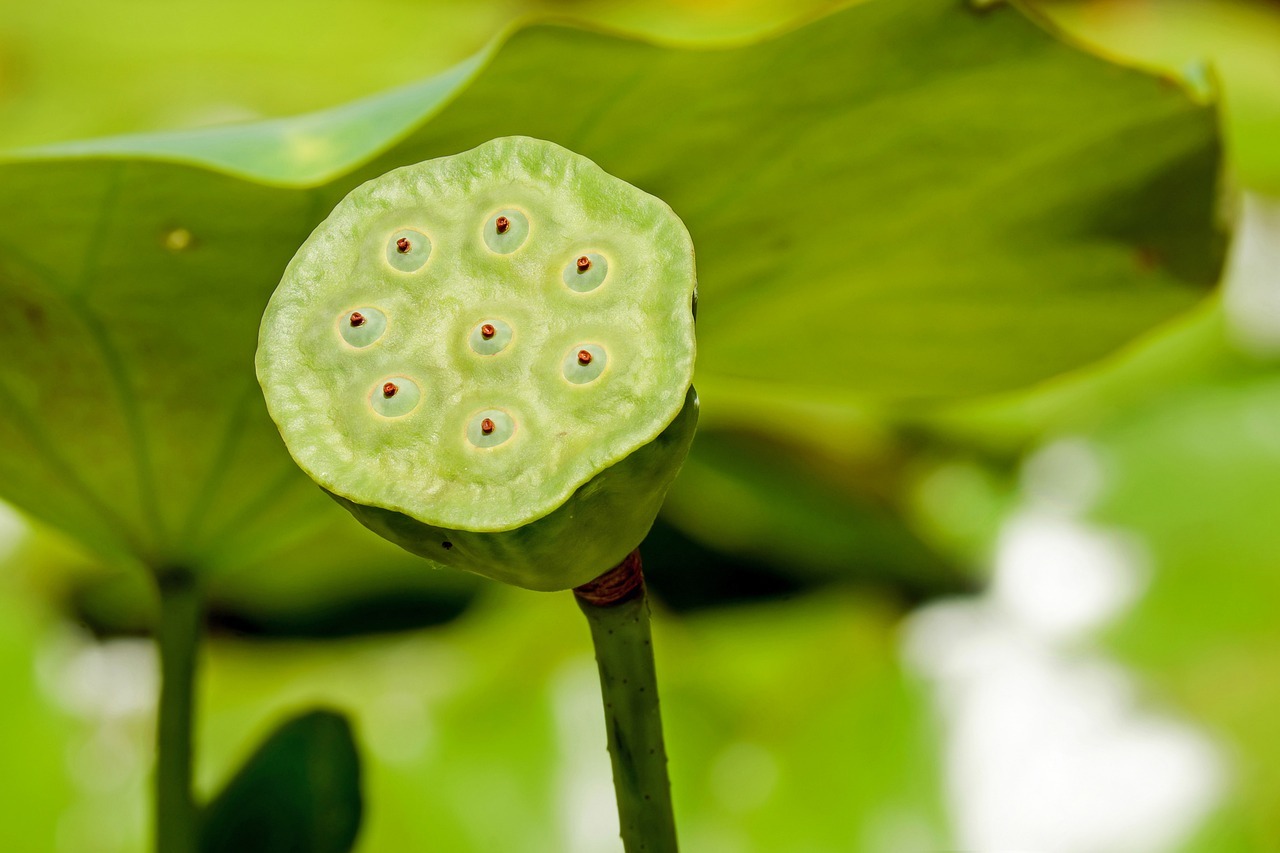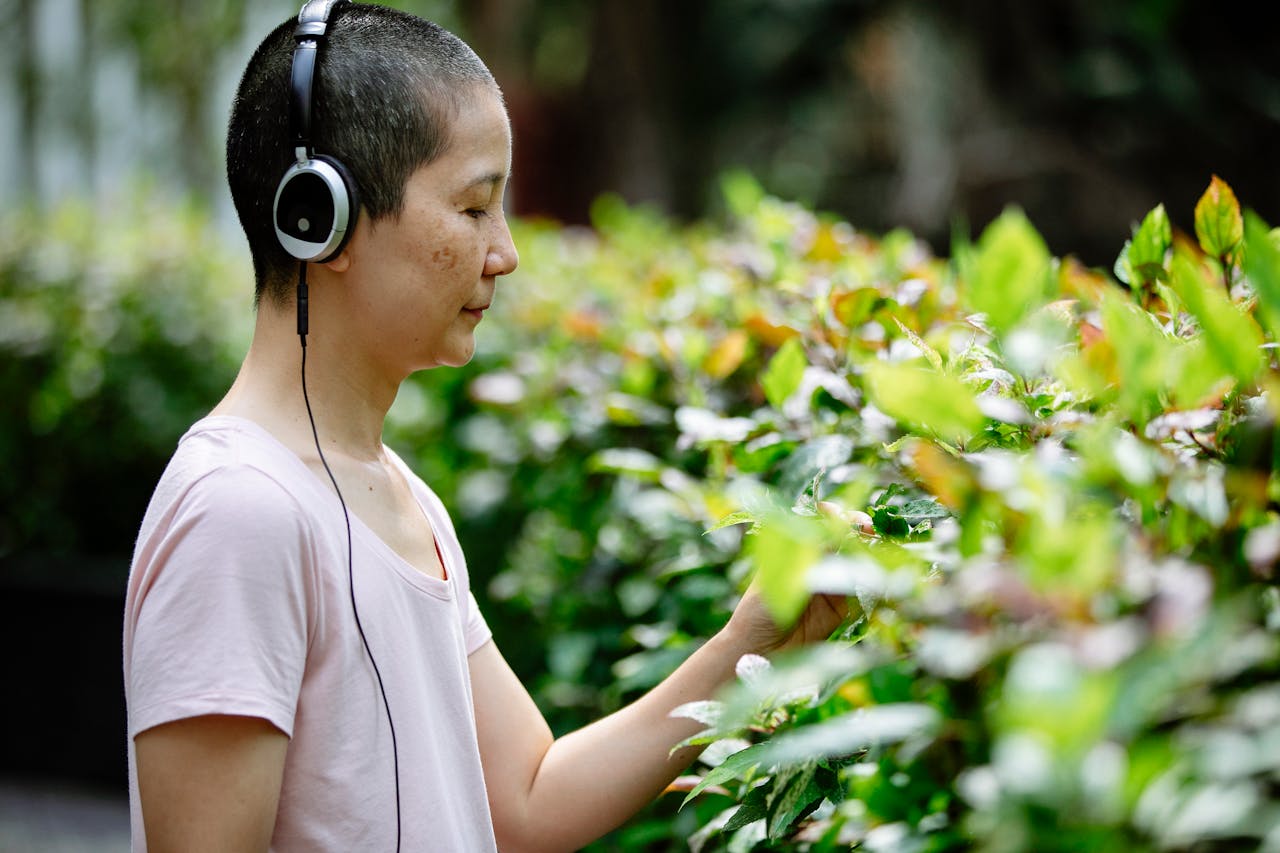You know, it was one of those lazy Sunday afternoons when I found myself meandering through my local bookstore with a cup of what’s supposed to be hot coffee, now just a bit more than lukewarm, in my hand. Honestly, I could’ve been doing something more productive, but there’s just something so enchanting about that mix of the smell of paper and the comforting sound of pages being flipped. It was in this serene setting that I came across a book with a title that made me actually stop and giggle—about the secret life of plants. I couldn’t help but be intrigued, so I picked it up, and suddenly I’m down this rabbit hole with a question that’s going to sit with me for a while: can plants hear us and actually respond?
At first blush, the idea sounds kind of out there, right? Plants don’t have ears or brains, so how could hearing even work for them? And what about responding? How in the world does that look for something that’s so peacefully green and seemingly static, unlike us busy humans and animals darting all over the place? It was a mystery that kindled this little spark inside me because, you see, I’m a sucker for a good mystery.
The Roots of Curiosity
I learn pretty quickly that people have been pondering this plants-hearing-stuff for years, poking at it like someone wondering if they should touch that funny-looking bug. Turns out, there’s a fair bit of debate—a bit like Shakespeare’s Montagues and Capulets but, you know, with less sword-fighting and more friendly scientific tiffs.
Imagining plants as the quiet audience to nature’s play—it sounds a bit storybook, right? Yet, some studies suggest that plants might be these silent listeners tuned into the rustling leaves and the rhythmic pitter-patter of rain. I’m far from a botanist, but the thought that my little green friend on the sill is quietly observing the world—and my attempts not to let it die this time—is strangely comforting.
Now, if science throws a skeptical eye at whimsy, life’s proved several wild ideas true before, hasn’t it? Flying, for instance, was a madman’s dream until it wasn’t, and now we’re zooming around in airplanes like it’s no big deal.
Leafy Eavesdroppers
The burning question here is, without ears, how can they hear? Apparently, plants might sense vibrations, and that’s really all sound is—vibrations moving through the air. Some researchers even set up little concerts for plants with buzzing bees and munching caterpillars. It’s said that some plants act like they’re gearing up for something when they “hear” these vibrations, maybe shifting into a subtle response mode.
A distant memory of a friend who played Mozart to her balcony garden comes floating back. I chuckled back then, imagining tiny sunflowers swaying to symphonic beats. But then, as it turns out, there might actually be something to sound frequencies helping plants grow. Who knew?
Now, do plants bop to classical tunes or rage at the sounds of thrashing guitars? Who can say? Maybe it’s like how we might groove to a beat, regardless of the tune’s genre.
The Symphony of Survival
After wading through a sea of articles and observations (mostly thanks to my stubborn curiosity), it dawned on me. The ecosystem plants live in is more like a symphony rather than a silent museum. The noises form a continuous stream of information—whether it’s rain tapping away on leaves or pests sneaking up.
Perhaps plants, in their own silent opera, have tuned in to these natural frequencies, responding accordingly. Shifts in plant chemistry when they “hear” things could be akin to how we get chills listening to certain songs.
Plus, some studies mention plants releasing scents in response, like sending little fragrant invitations—or warnings—into the air. It seems that beneath their calm exterior, plants might be conducting some serious business.
Quiet Chats and Overhead Whispers
The thought that plants might talk to each other is mind-blowing. Some scientists found that when one plant faces danger, it sends out a chemical alert to its neighbors. Like, “Hey, danger’s afoot, arm yourselves!”
Those chemical messages, silent to us, remind me of whispered secrets in the plant world. The idea warms me with childlike wonder. Maybe we’re just scratching the surface of a hushed conversation within their green whispers.
Maybe this revelation will have us all thinking about plants in a whole new way—as nature’s quiet caretakers, deserving of more than just being background scenery.
The Human Element
Now, here’s where my thoughts go all in. We humans love giving human traits to just about everything. Remember that movie with the character that chats with plants like they’re best buds? Yeah, I laughed. But now I’m rethinking that.
Like the one time, during a frustrating period, I found myself unloading my woes to my little cactus. More of a monologue than a dialogue, if you catch my drift. Who’s to say I didn’t spark some tiny, invisible response? Maybe just having it there helped, you know?
It’s pretty human to see things through a lens of emotion, even if it’s just a flicker of hope that maybe, just maybe, something tangible is listening, even if it can’t reply in words.
Plant Empathy: Fact or Fiction?
As I wander further into this sea of leafy theories, I stumble upon this idea of plant empathy. It sounds wild, right? Empathy seems so undeniably human. Yet, there’s talk, albeit more in whimsical circles than scientific ones, about plants sensing our vibes.
Picture those days when life’s relentless and you’re caught under a personal storm cloud. You find solace in chatting with your peace lily. Will it lift a little or slouch down? The notion that our moods might resonate at some atom-sized, plant level fascinates me.
There’s a coziness in imagining some silent observer kind of getting you, even if just slightly. It’s comforting—like a secret comfort blanket for the soul.
Growing Gently Toward a Greener Understanding
With each piece of this green puzzle I gather, I’m well aware there’s a gap between science and poetic imagination. But isn’t that blend what makes questions like these enchanting?
This skepticism only fuels my curiosity, sprinkling my life with surprising little moments—like stroking a leaf or whispering thanks after a rough day just because it exists and silently shares the world with me.
This whole adventure into the quiet lives of plants plants a gentle kind of reverence in me for the natural world—a nod to intricate networks we’re slowly unraveling. It’s a cue, perhaps, to nurture moments of awe in everyday life—hints that even in silence, there’s room for connection.
While I might hold back from labeling my houseplants as my therapists, it’s enough to appreciate our shared journey—a quiet understanding where presence alone speaks volumes.
Ultimately, exploring the secret life of plants might be tamer than I envisioned, but it leaves me with an enduring lesson—a gentle nudge reminding me to tune into the quiet stories unfolding all around us. Just maybe, those humble leaves have tales of their own, just waiting to be heard by those willing to listen.







